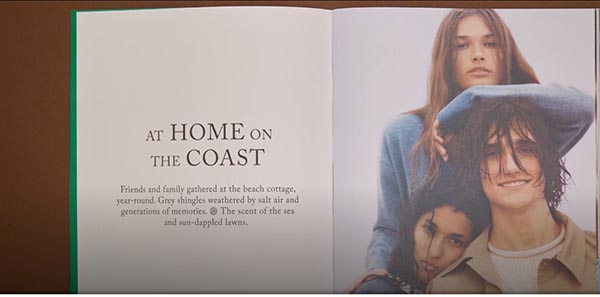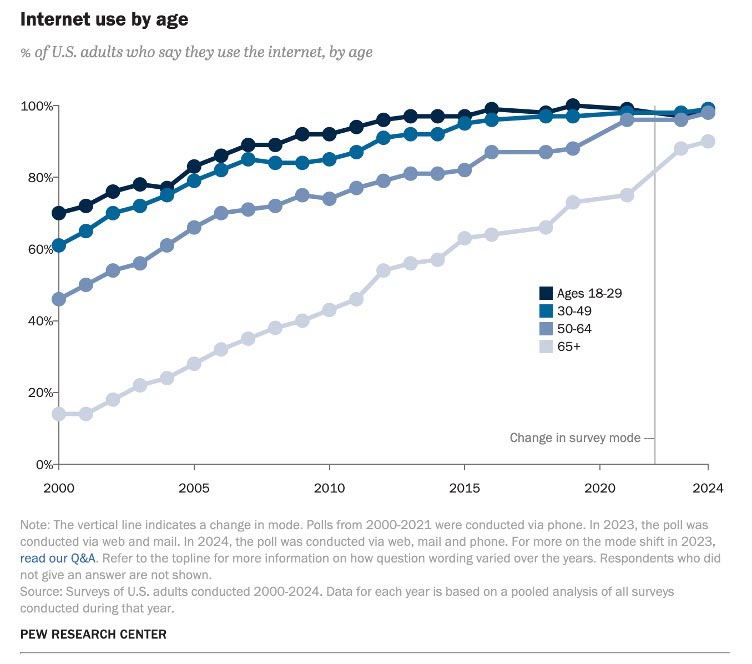In the classic movie The Fellowship of the Ring, based on the book by J. R. R. Tolkien, the key character Gandalf the Grey takes a tumble into the abyss, losing his life to the whip tendrils of the Balrog. Toward the end of the movie, we see Gandalf again, resurrected as Gandalf the White. He looks like Gandalf the Grey, but he’s not. His character is remade.
This, perhaps, could be a great illustration for the evolution of print catalogs. After a precipitous decline, including classics like those from J. Crew discontinued in 2017, we are seeing print catalogs on the rise once again. But not as they once were. They have been reinvented in line with other modern marketing trends. They have gone from Catalogs the Grey to Catalogs the White.
A terrific article from the Advertising Specialties Institute (ASI) outlines these trends in a way that is a must read. The article uses three “rebirthed” catalogs—J. Crew, Amazon, and Patagonia— to illustrate these trends. Let’s look at each.

Source: Amazon
Amazon’s Toy Catalog
Yes, the Amazon catalog is back. But like today’s “vinyls,” it’s not just a repro of the old. It’s a fresh remake incorporating modern digital elements and targeting only toy buyers who, based on Amazon’s analysis, are the most likely buy.
As reported by Darwin CX, the catalog includes interactive digital elements, such as QR codes, which link to digital content, videos, and even augmented reality experiences. These elements are designed to create physical engagement, with stickers, puzzles, and games that impress parents and keep children entertained.

Source: Wall Street Journal (screenshot)
J. Crew’s “More Like a Magazine”
After seven years, this classic catalog is back, too. Rather than being a traditional catalog, however, CBS News reports that is more like a magazine, with images of models in exotic and glamorous locales and interviews with celebrities like Demi Moore. New to its pages will be QR codes that take shoppers directly to the product in the retailer’s app.
“Opting for physical catalogs in a digital age might seem an odd play, but we’re in an era of nostalgia, when vinyl records and even cassette tapes are hot once more,” adds Fortune,which has its own interesting reporting on the re-introduction. “So J. Crew is betting that by having something people can hold in their hands and dogear, it could create a bond between the shopper and customer.”
Patagonia’s Storytelling Classic
This classic, too, has returned to us. But, once again, it’s not typical catalog. Like the J. Crew catalog, it is remade in the image of one of the key trends in today’s marketing: storytelling.
Rather than being a book of products and pricing, it includes the stories behind those purchasing its products. This follows in line with findings from Harvard Business Review, which found that “catalogs designed with a mix of photos and short narratives about the products being showcased are 40% more effective in sales and customer engagement than designs with just photos and product names.”
Why are catalogs making a comeback? Retailers who thought they could do away with print catalogs found that, once they discontinued them, online-only just didn’t do the trick. As the old saying goes, “Sometimes you don’t know what you’ve got until it’s gone.”
Indeed, Harvard Business Review found that recipients who received both physical catalogs and email marketing purchased 24% more than those who received emails only.
The HBR study had another interesting result, as well—the ROI for catalogs was higher for customers categorized as “physical-prone,” defined as those having most of their purchases in-store. This leads to one of the key takeaways from the ASI article, which is “curation.” Not of content, but of recipients. Catalog mailer, know thy audience!
Wrapping up, the re-introduction of printed catalogs is exciting, but they aren’t last decade’s catalogs. So don’t send your salespeople out making phone calls just yet. They are fresh, new products that with modern digital elements, articles, nostalgic images, and a more storytelling slant. They have become highly targeted, technologically sophisticated niche publications that aren’t for everybody.
They are Catalogs the White.









